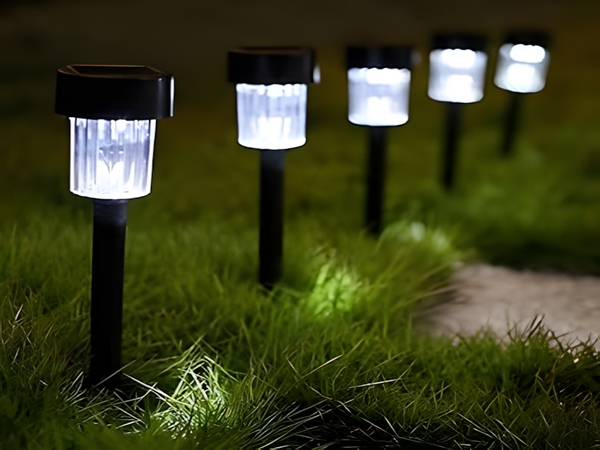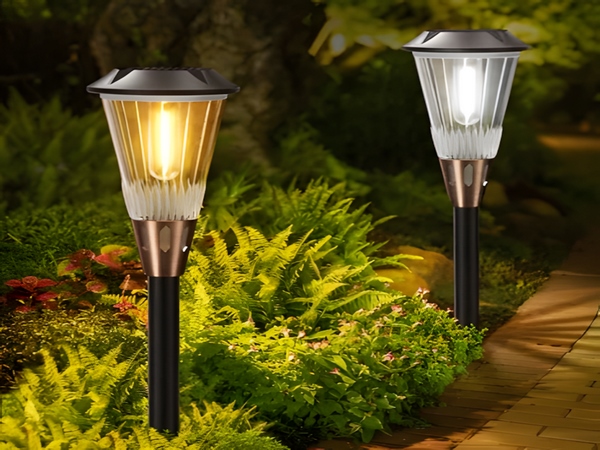

Solar street lights are becoming increasingly popular worldwide due to their energy-saving features and reduced dependence on the grid. In areas with ample sunlight, solar street lights represent the best solution. Communities can harness this natural light source to illuminate parks, streets, gardens, and other public spaces. So, how do solar street lights work? Here is an introduction from Century Sunshine Lighting.

How do solar street lights work?
Solar street lights convert solar energy into electrical energy to provide illumination. At the top of the street light, there is a solar panel also known as a photovoltaic module, made from polycrystalline silicon. During the day, these polycrystalline units absorb sunlight and convert it into electrical energy, which is stored in a battery. Controlled by the intelligent controller of the solar street light, the solar panel captures sunlight and transforms it into electrical energy. Throughout the day, the solar panel continuously charges the battery. At night, the intelligent controller transfers this stored energy to the light source, illuminating the solar street light, while the battery supplies power to the LED light source.
Since solar street lights generate electricity by absorbing sunlight, they do not require any cables, which eliminates the risk of electric leaks and other accidents. They incur no electricity costs and are weatherproof and lightning-resistant, leading to their widespread application. Many cities have adopted solar street lights for main and secondary roads, residential areas, factories, parks, and tourist attractions.
This concludes the information about how solar street lights work. They offer a range of advantages, including low carbon footprint, environmental friendliness, safety, and reliability. As a result, they have gained widespread recognition from customers and are being promoted vigorously.
Therefore, they can be widely applied in urban main roads, secondary roads, residential areas, factories, tourist sites, and parking lots.



